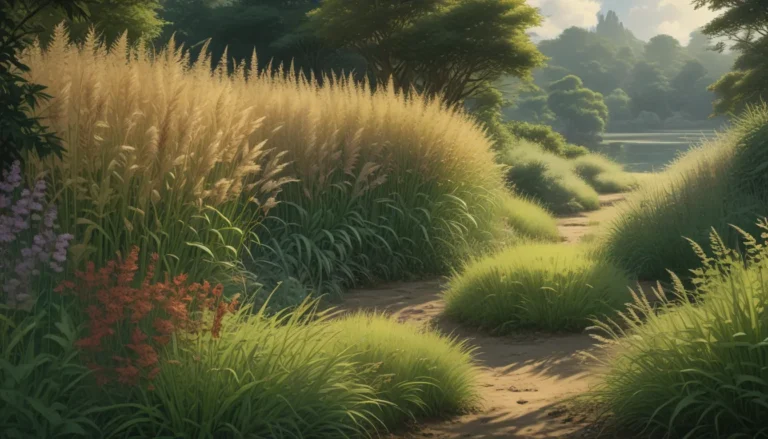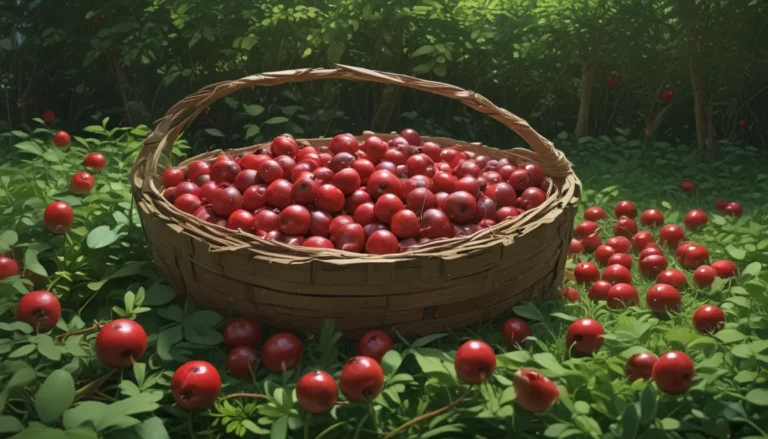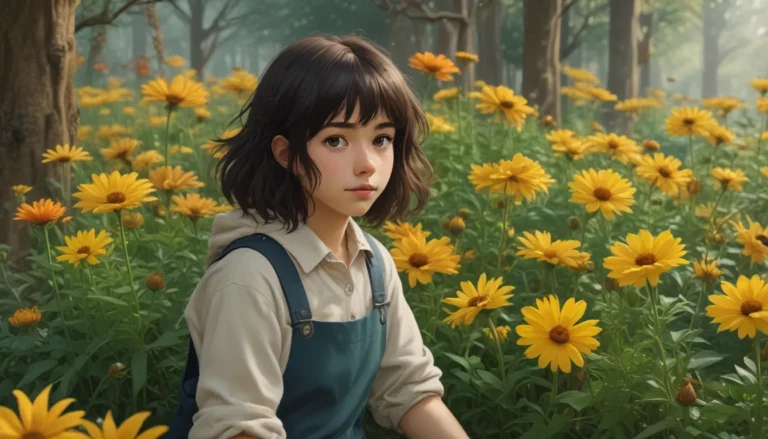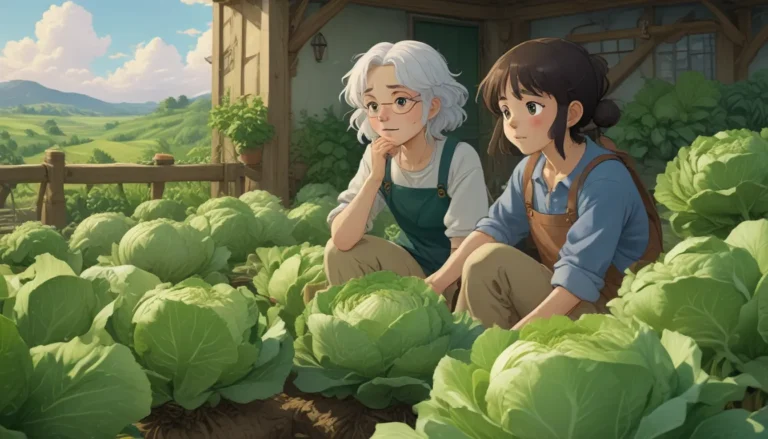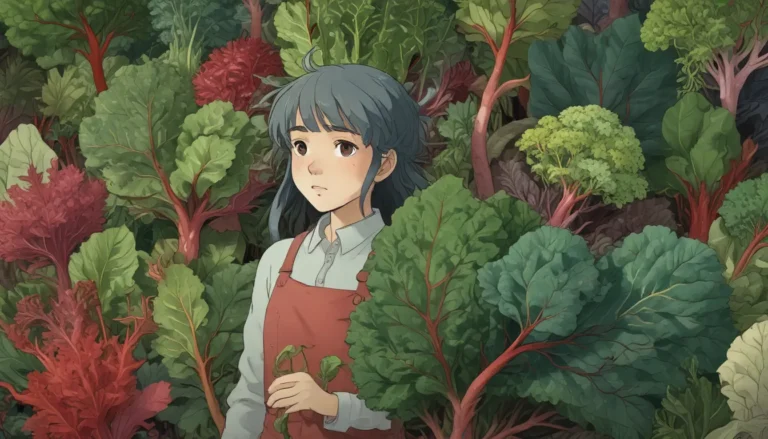Creating a Blissful Shade Garden: 5 Flowering Perennials to Consider
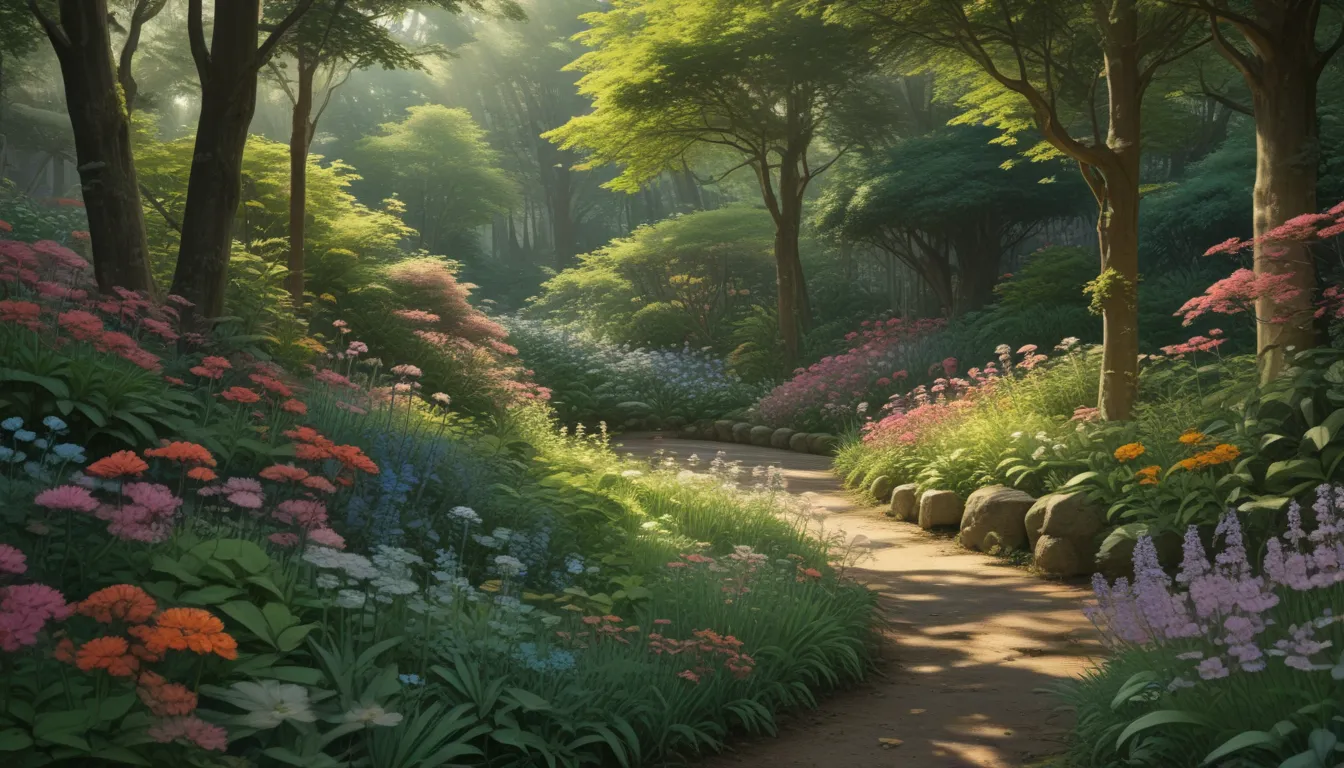
As spring approaches, it’s time to think about adding perennials to your garden. The process of choosing the perfect plants may seem overwhelming at first, but once you decide on the type of atmosphere you want to create, it becomes much simpler.
Imagine having a secluded area in your garden where you can relax with your favorite book, surrounded by the soothing sounds of nature while staying cool under the shade of lush foliage. To achieve this, you’ll need a balance of medium and large plants to provide ample shade from the sun and add a touch of color to your garden space.
In this article, we’ll explore five flowering perennials that are perfect for a shade garden. These plants not only bring life and beauty to your outdoor sanctuary but also offer ease of care and maintenance. Let’s dive into the world of shade-loving perennials and discover how you can transform your garden into a tranquil oasis.
Astilbe
When it comes to creating a vibrant shade garden, astilbe is a top contender. With its dense foliage and delicate flowery blooms, this perennial adds a touch of elegance to any garden space. Originating from Asia, with some varieties native to North America, astilbe is ideal for planting in groups along flower beds or as border edging.
Astilbe blooms in June or July, boasting a range of captivating colors such as pink, red, purple, or peach, and can grow anywhere from 6 to 18 inches in height. One of the standout features of astilbe is its ease of cultivation – it thrives in soft, nutrient-rich soil and requires minimal maintenance.
To enhance the growth of astilbe, consider using mulch around the plants to suppress weeds and provide essential nutrients as it decomposes. Additionally, astilbe is relatively resistant to insect infestations and diseases, making it a hassle-free choice for your shade garden.
Foxglove
For a statement-making addition to your shade garden, look no further than foxglove. While the individual blossoms of this plant may be small, they grow in striking spiky clusters that add a burst of color to your garden. Available in white, yellow, pink, red, lavender, or purple hues, foxglove blooms from summer onwards and can reach heights ranging from 1 to 6 feet.
When planting foxglove, ensure proper spacing (15 to 20 inches apart) in moist soil to prevent overcrowding. Meticulous mulching can help foxglove self-seed annually and thrive in your garden space. However, it’s essential to note that foxglove is highly toxic and should be avoided in areas frequented by children or pets.
Virginia Blue Bells
Native to the eastern half of North America, Virginia blue bells are a charming addition to any garden. These short-lived blooms feature clusters of sky blue bell-shaped flowers that bloom in spring, making them an excellent companion plant for others that thrive during later months.
When planting Virginia blue bells, maintain a 12-inch spacing and ensure the soil is rich in nutrients and fertilizer. These perennials propagate well through seeds and benefit from a minimal mulch bed to flourish. If you appreciate native blue flowers, consider exploring more varieties to add diversity to your garden.
Lily of the Valley
If you prefer a low-growing groundcover with fragrant blooms for your shade garden, lily of the valley is an ideal choice. This perennial slowly spreads, forming a lush carpet of green with tiny, white bell-shaped flowers that emit a delightful fragrance from spring to late summer.
To cultivate lily of the valley successfully, plant them at the end of fall or early spring, keeping them in clumps no more than 4 inches apart. Ensure that the soil is rich in nutrients and less acidic to maintain these plants as a natural ground cover, particularly in colder regions. While lily of the valley is hardy against pests and diseases, it’s crucial to be cautious around children and pets due to its toxic nature.
Louisiana Iris
For gardeners residing in regions with challenging conditions, such as Texas or Arizona, Louisiana iris provides a splash of color to your garden space. These blooms grow on 2 to 3-foot stems and come in various shades like blue, purple, pink, white, and dark red.
Although Louisiana iris can withstand tough conditions, they thrive best in moist soil and require minimal feeding compared to other perennials like astilbe and foxglove. Perfect for enhancing the edge of a water garden, Louisiana iris adds vibrancy to your garden during the summer months.
Selecting the right perennials for your shade garden is a rewarding process that ensures years of enjoyment. For more insights on different iris varieties, refer to our articles on classic iris types and tips on pruning bicolor iris.
Do you have a favorite shade garden perennial? Share your preferences with us in the comments below.
Looking for more perennial flower recommendations? Explore these articles:
- 17 Temperate Flowering Perennials That Thrive in Various Environments
- 15 Flowering Ground Covers for Landscaping Challenges
- Perennials to Attract Butterflies to Your Garden
- Top 9 Full-Sun Flowering Perennials for Southern Gardens
Enhance your garden oasis with these exquisite flowering perennials that thrive in the shade.

